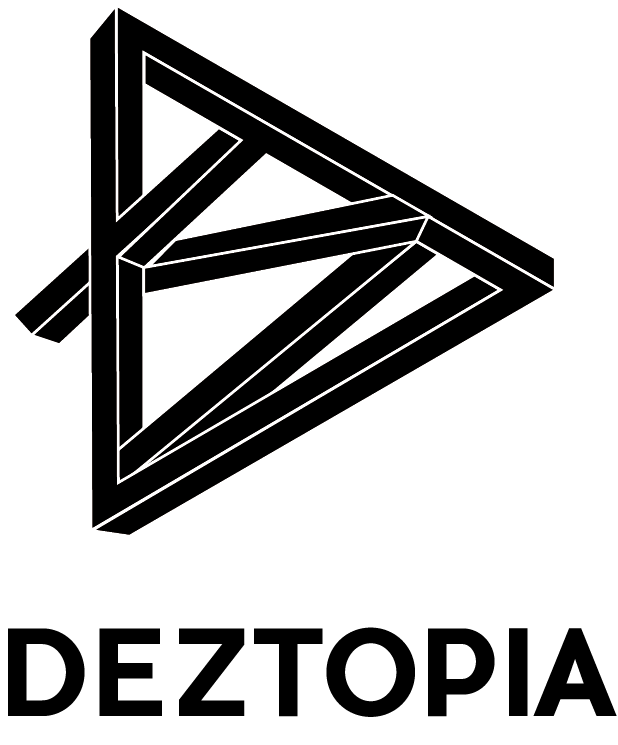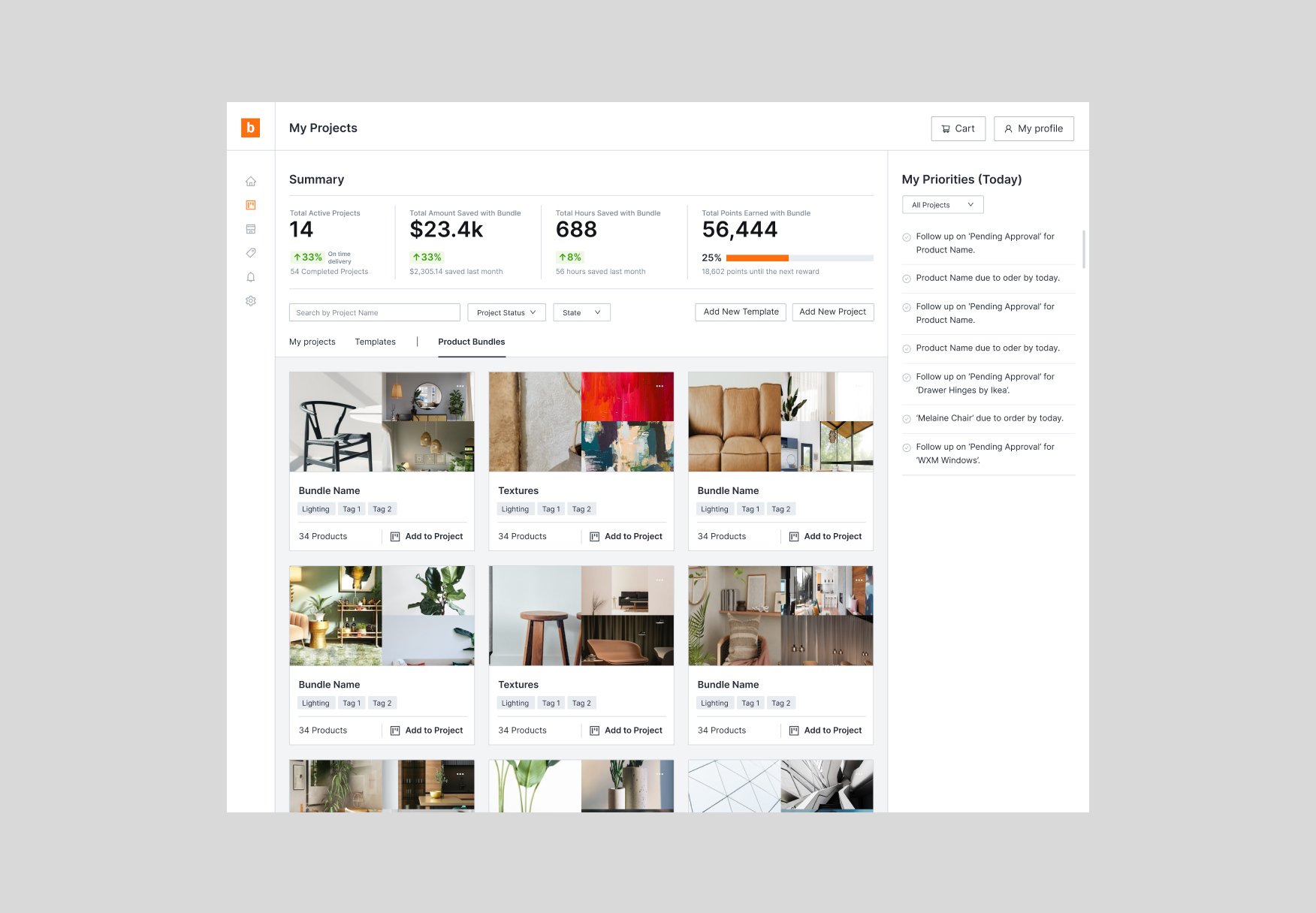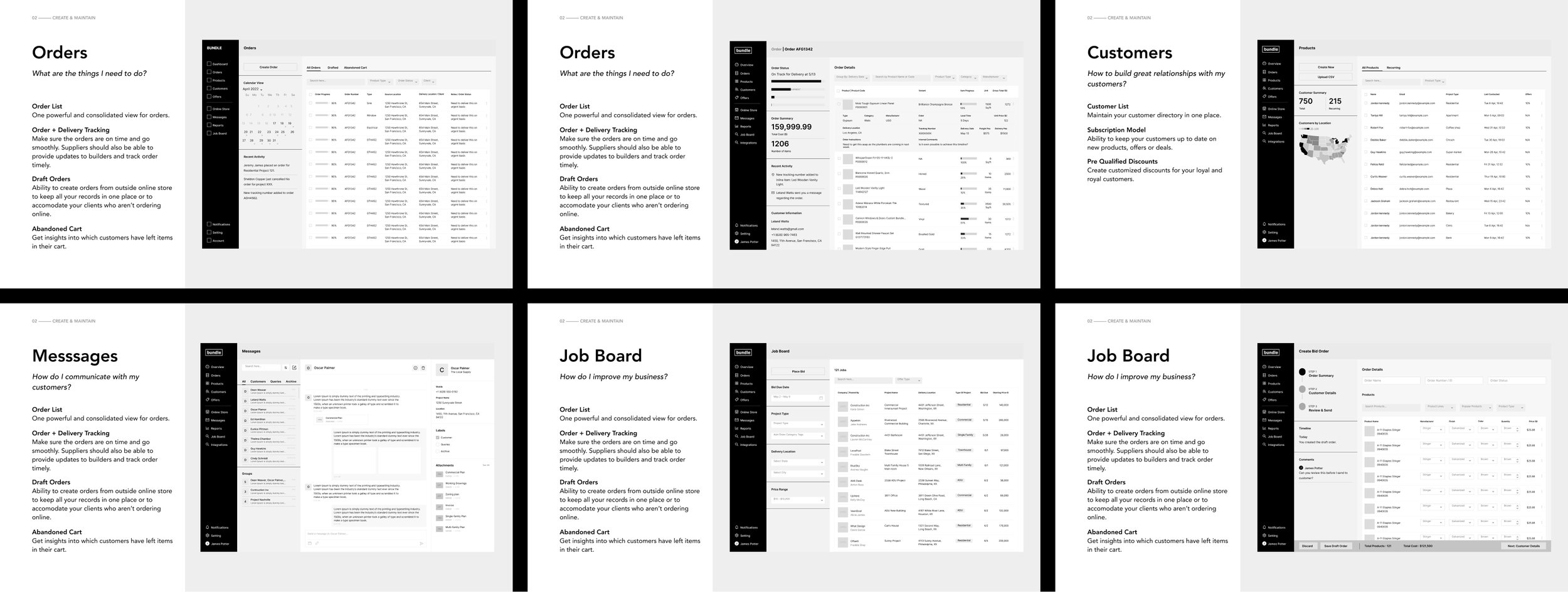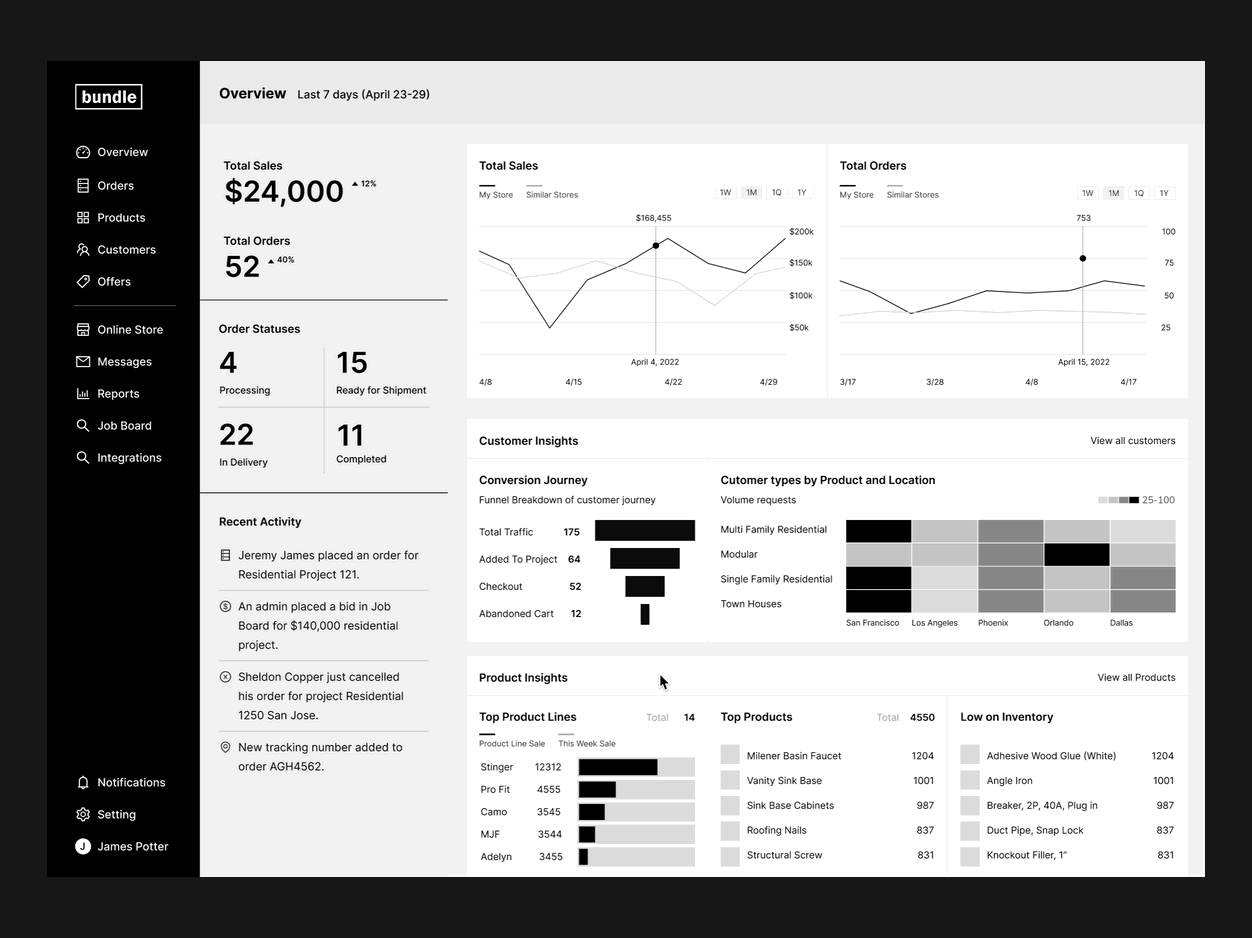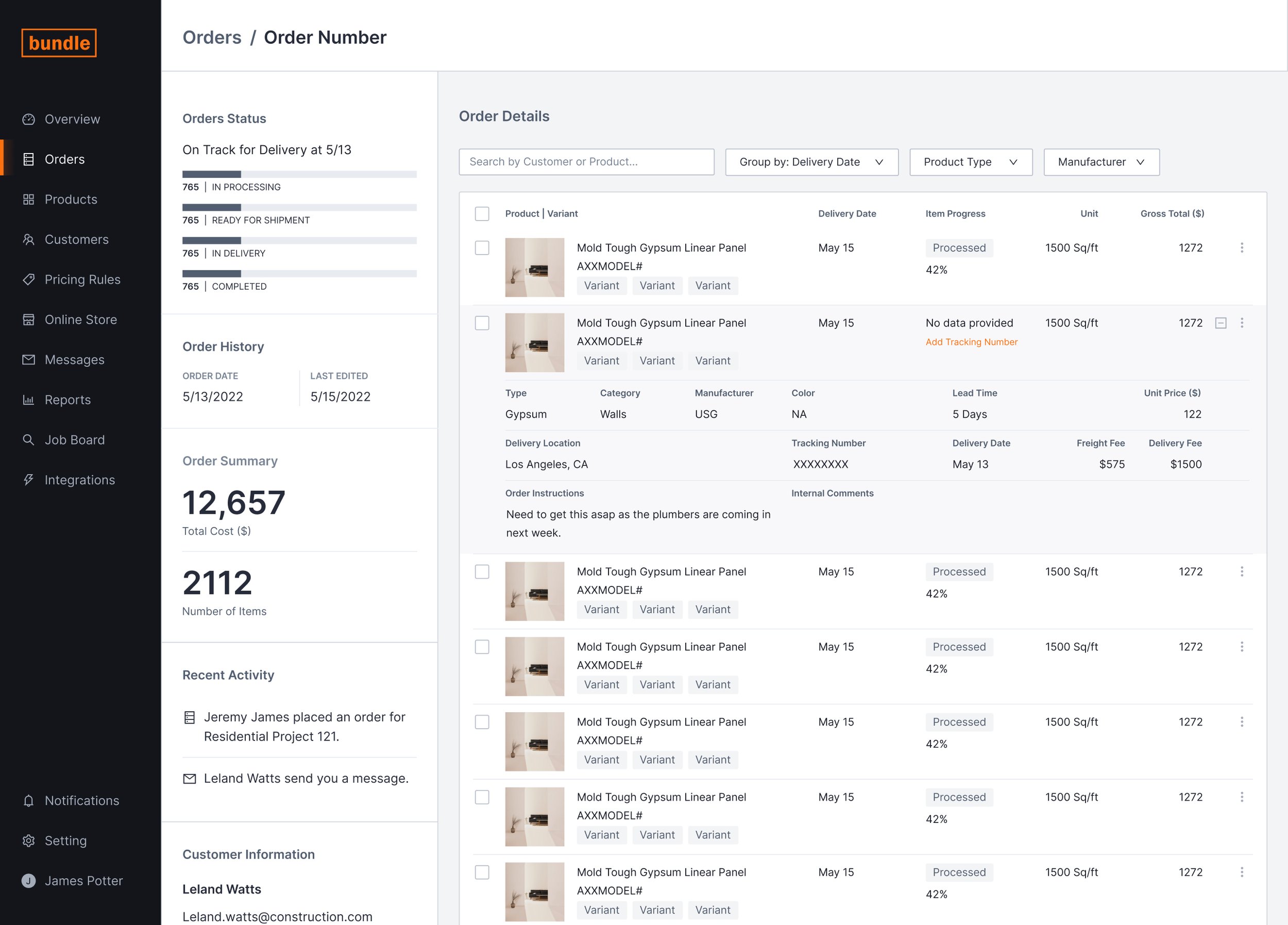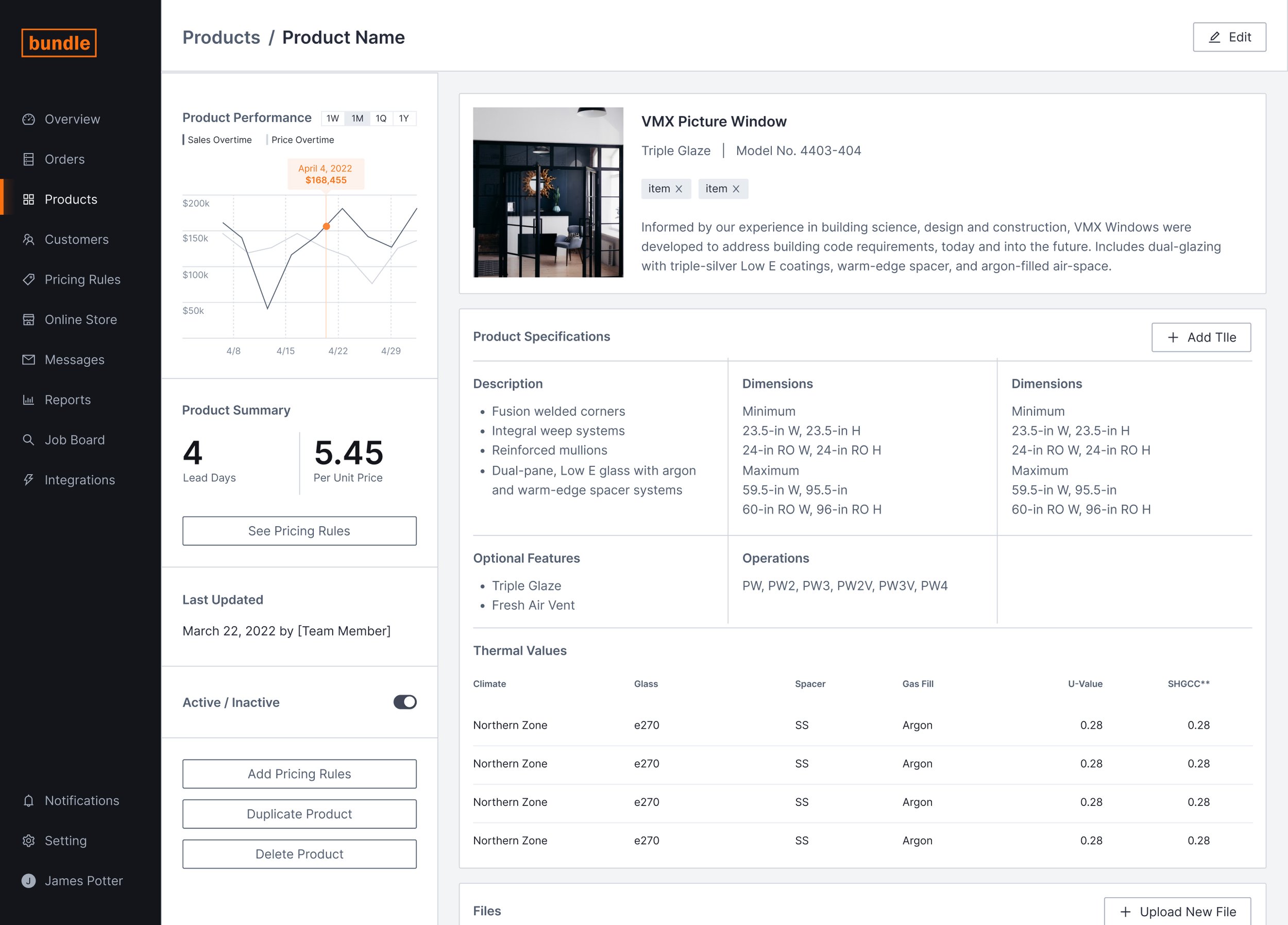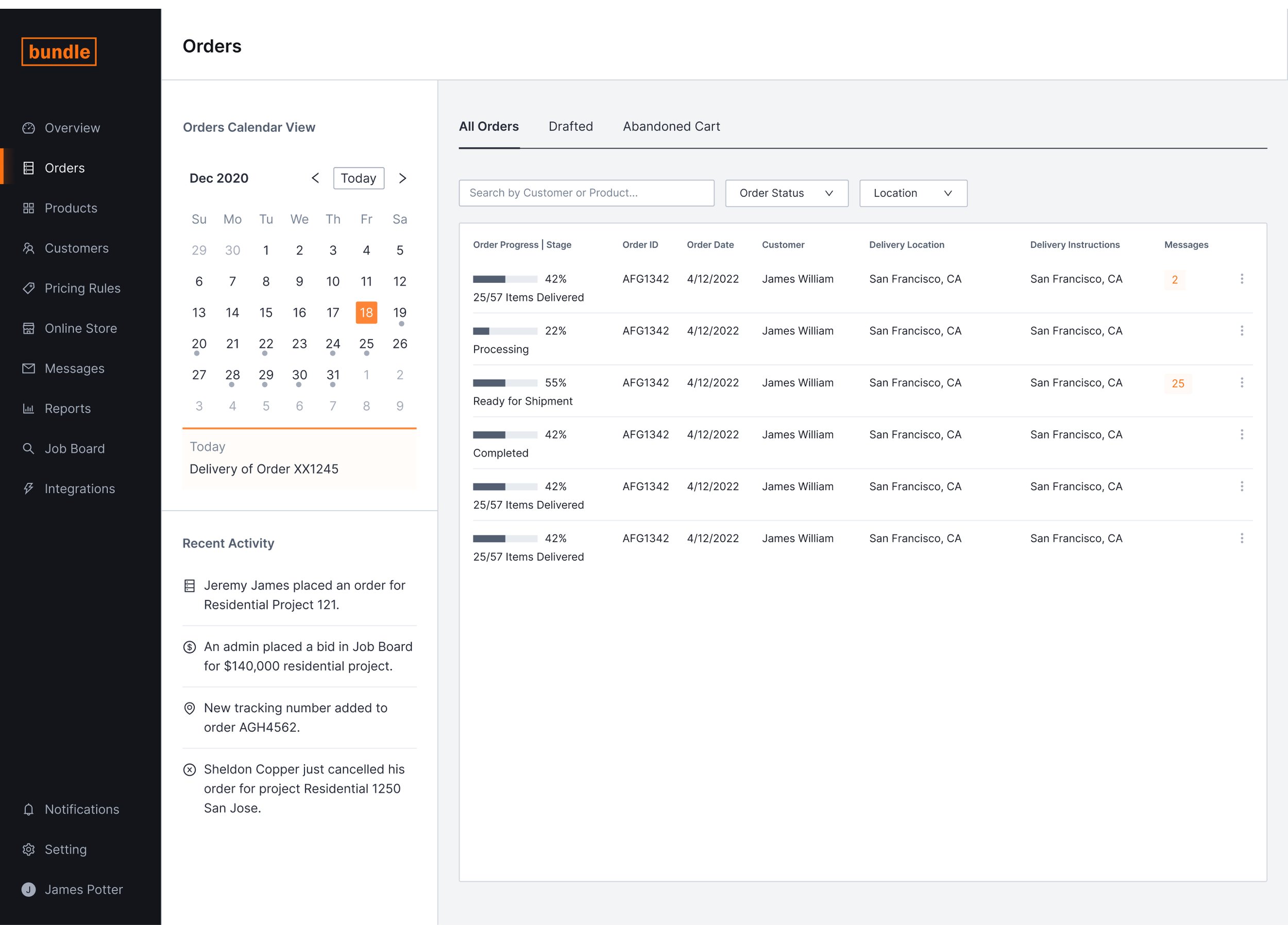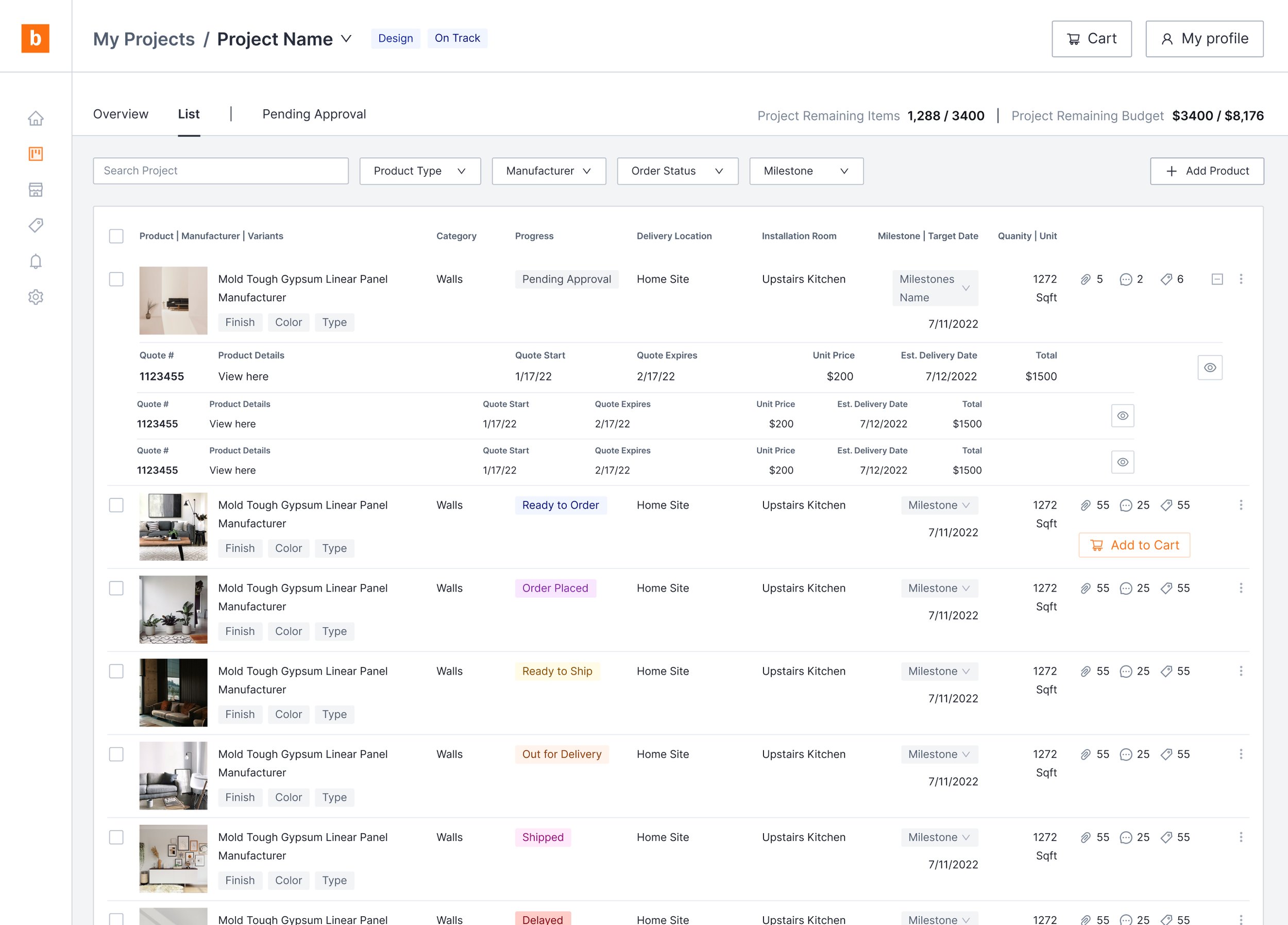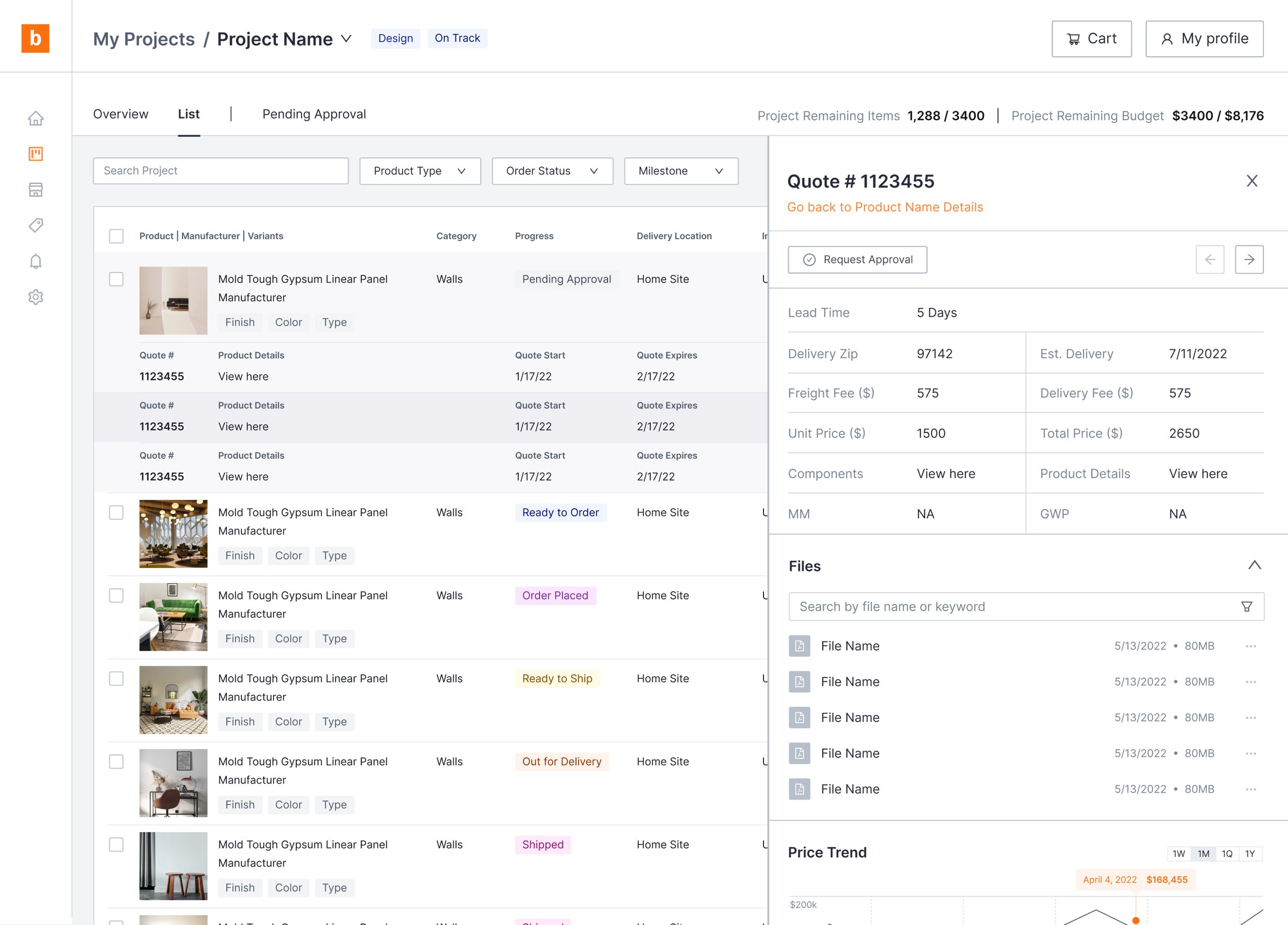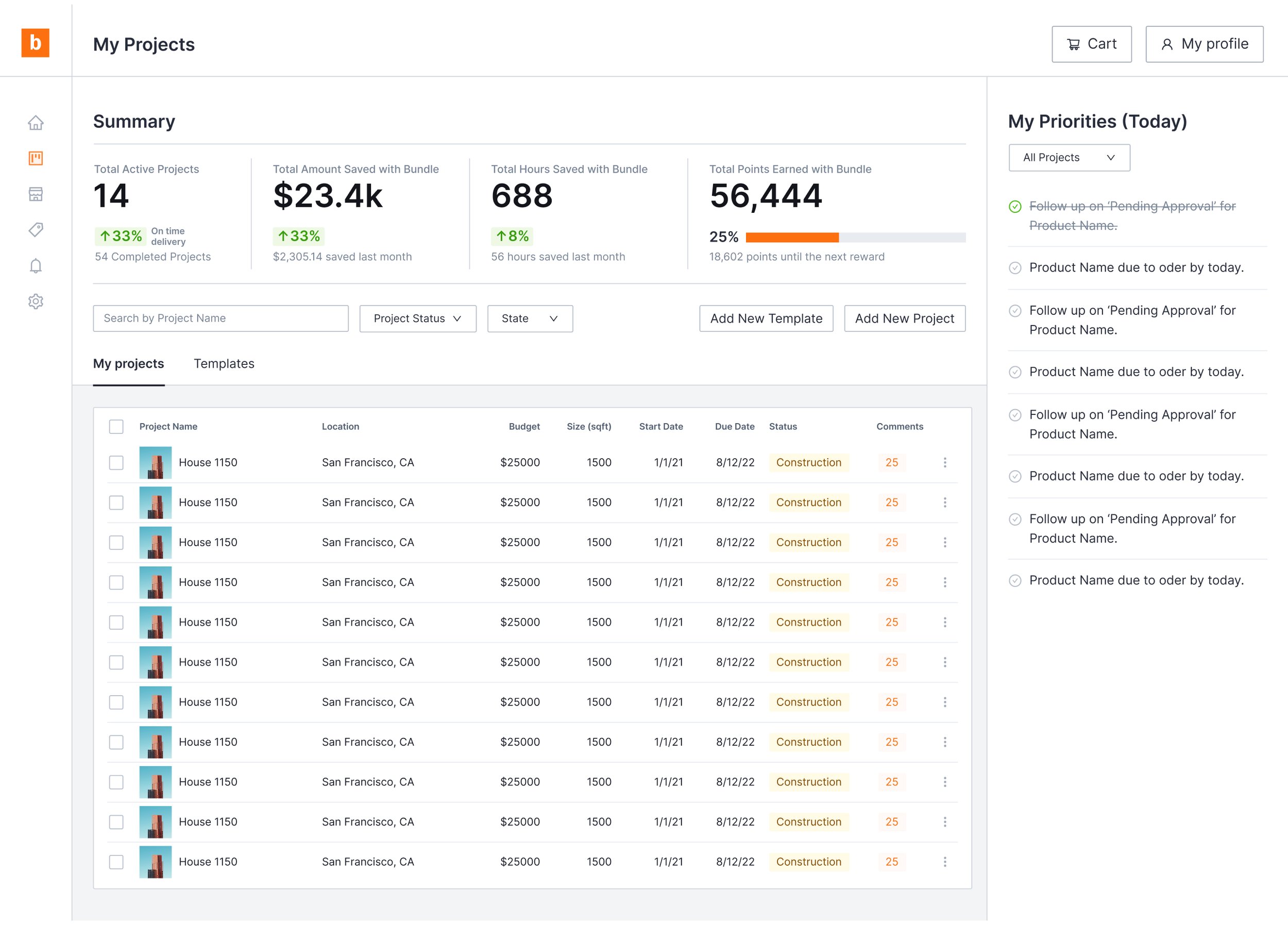Bundle—Marketplace for building materials and procurement
In a digitalized world, the construction industry has the least exposure to technology that can optimize operations and cost in businesses. The goal is to craft the ‘Builder’ and ‘Supplier’ experience that helps optimize supply chain bottlenecks in construction.
Client — Bundle
Location—San Francisco
Sector—Construction
What we did—User Research, User Interviews, Journey Mapping, Sketching, Wireframing, Screen Flows, Visual Design, Interaction Design
Year—Nov 2021
Collaborators—Multiply.io
Client:
Bundle is a procurement and supply chain solution in the construction industry. This target audience are the suppliers who are selling the products and the builder who are looking for the product. From Bill of Quantity to budgets to tracking, quotes and payments — it is a one platform to buy and sell for the construction industry.
Problem Statement - Builder:
Architects, procurement teams, builders, or construction teams are always facing issues in procuring materials, tracking orders, and managing timelines, expectations and teams.
There is no centralized place where people can find:
All building materials from cement to mortar
All finishing materials paints etc
All fixtures with the right pipe etc to go with
Or even the interior materials
There is no invoicing
There is no way to track packages from the hundreds of places you are ordering from
There is communication over phones and email with information getting lost
These are just the problems on the builder's side.
Problem Statement - Supplier:
In the digital world, suppliers still provide and maintain relationships with physical stores, which restricts their growth, order management, quotes, marketing, and on-time payments.
They are not tech-savvy folks who own these cement industries or finish materials. Everything they have they sell in stores. Or Via phone or email.
With more competition in the market, they are not able to bid effectively
There is no central place for managing their inventory, orders or tracking their orders;
Which effects the overall relationship with the builders
Sustainable Subscription Plan
After talking to our suppliers and builder we uncovered another larger issue i.e. how to incentivize suppliers to add and sell their products via Bundle. And why would a builder come to Bundle to purchase products from this platform?
Our goal was to not only provide a platform for builders and suppliers to buy and sell, but also to create an experience that adds value to their day-to-day tasks and empowers them to work efficiently and effectively.
Imagine uber eats now launching and asking restaurants to be on their platform and users to order from uber eats.
Project Stages
We collaborated closely with Multiply.io and kicked off the design phase by doing market and user research while aligning the findings with the business goals. As we didn’t want to go from 0 to 100 but instead really wanted to validate the vision and see the interests of the users. If it captures their interest we move on to the next stage of building high-fidelity mockups and then move to development.
Vision Deck
Since we are working towards a short timeline, with a limited budget and time, we started with the vision deck that outlines the project principles to align everyone towards the same north star that we will be working towards. This aligned the approach for the project really well and helped us test our ideas without having to do a lot of throw-away work. While working on this we made some key strategic decisions that helped us achieve our north star and set up a principle foundation for product and design for future.
This vision deck also turned a lot of investors’ heads toward this product.
We kicked it off with really with just brainstorming and nailing down the supplier’s goals and their daily journey. Based on this user journey, we created the product framework which will support the goals of the users.
Core Workflows Wireframes
Product Validation via User Testing
We validated our concepts by creating low fidelity prototype and testing with our focus group users. By doing so, we uncovered features which they were showing keen interest on which helped us in guiding our road map.
Unique Features for Sustainable Subscription
We introduced features that would target user retention for this product, the problem we analyzed at the start of project. We introduced analytics across the product to help user understand how their business is doing, where there is room for improvement or increase business.
We added job boards that will help users bid on projects. We introduced a single platform for all communication and we introduced order tracking and notifications so that user can immediately see where the orders are or where they need to give their attention.
The Final Supplier’s Experience
“We want to be accurate for us to be effective, so this is going to be game changer”
— A happy supplier’s feedback.
The Final Builder’s Experience
We replicated the same process to the builder’s experience. We introduced some interesting unique features for Builders that will help them stay on Bundle.
“My job is going to be a lot easier. I can now focus on whats important for my business.”
— A satisfied builder’s feedback.
